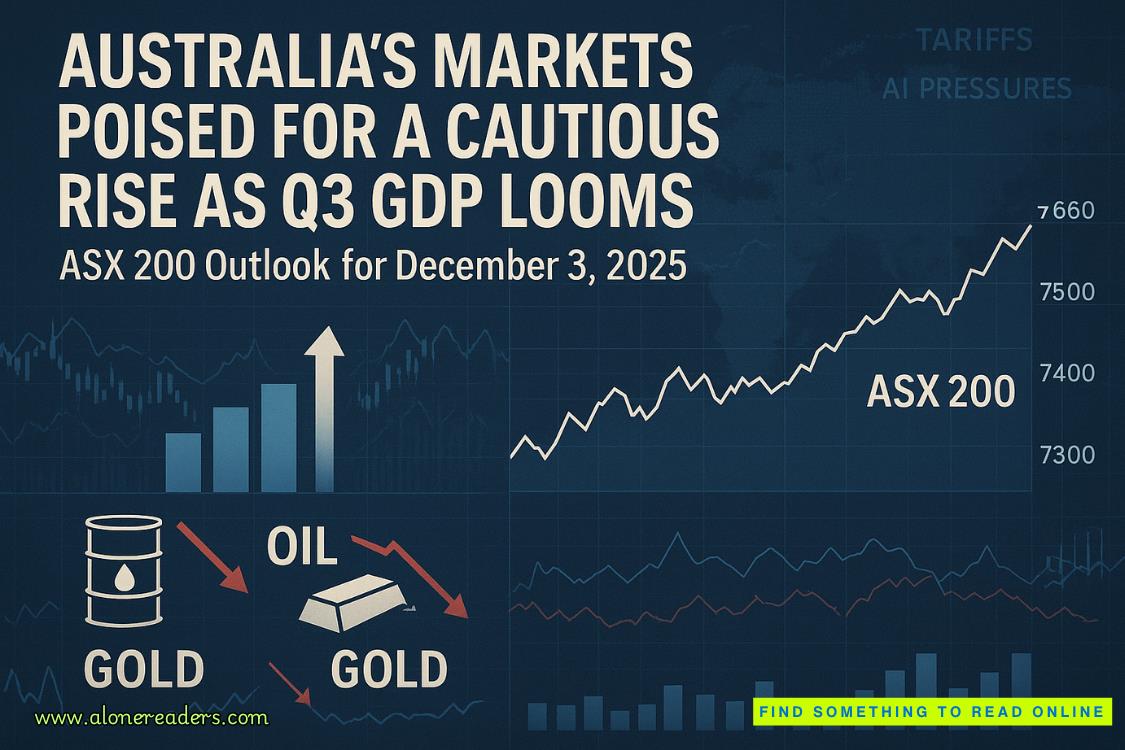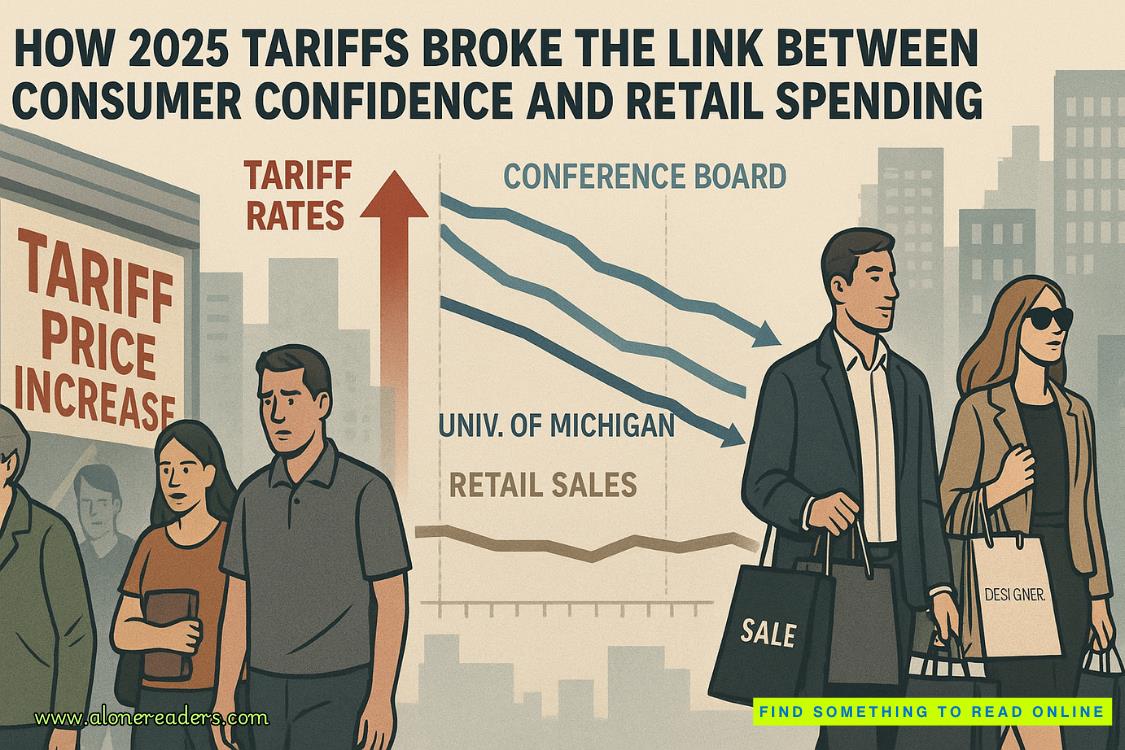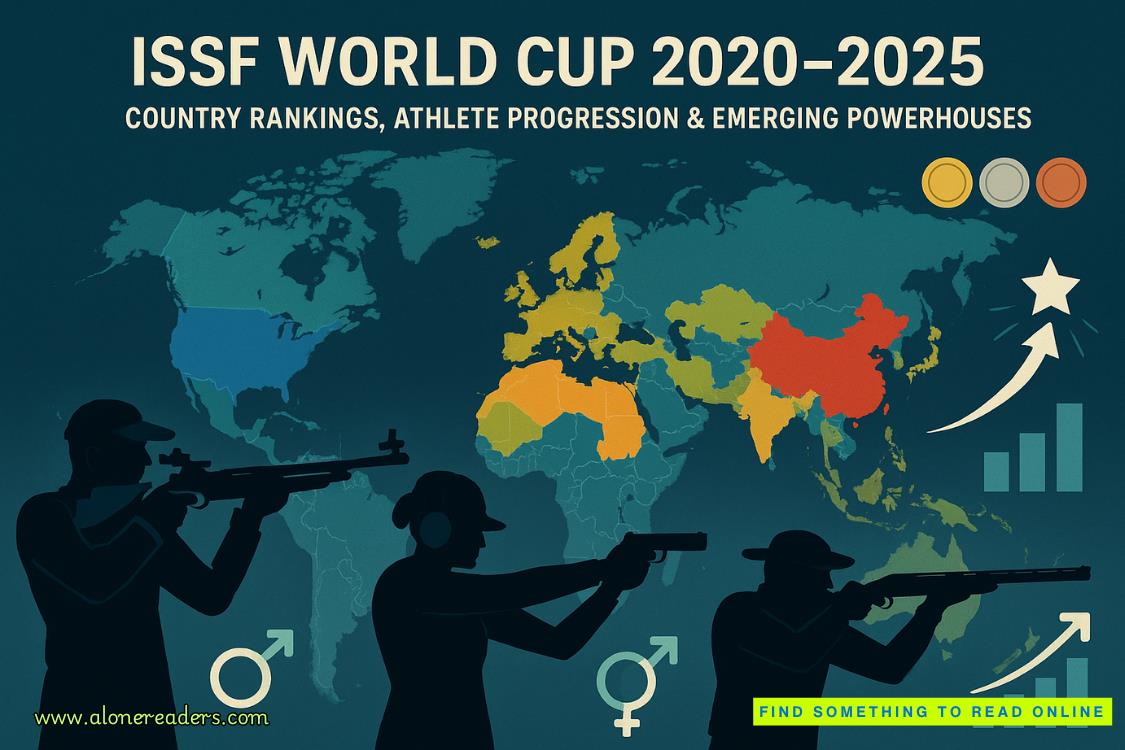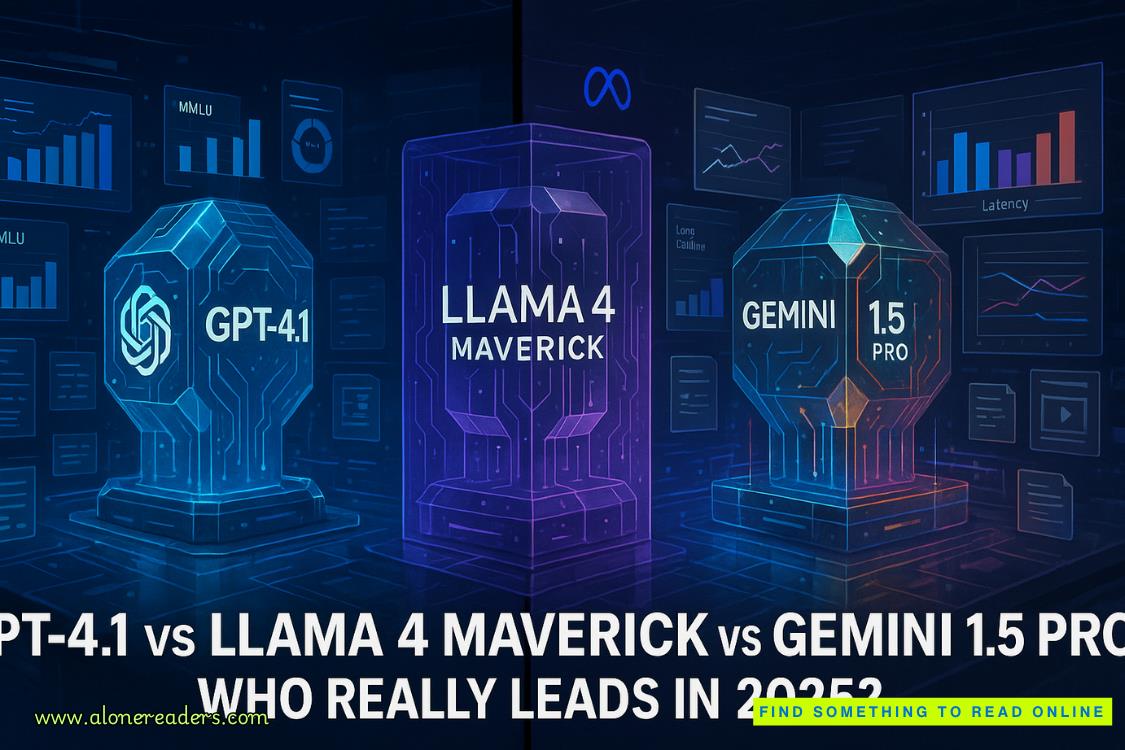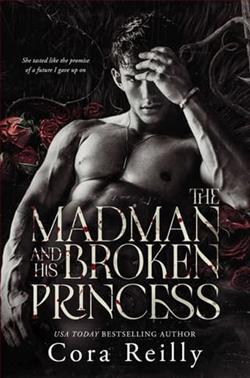Page 14 of Seduction Under the Southern Stars
“Not offhand. Give me a clue.”
“English. In the Domesday Book. One of the best-preserved deserted medieval villages.”
“Oh, Wharram Percy?”
“Yep.”
“That’s terrific.” I move across to his other shoulder blade. A tattoo of a rabbit sits at the top. “I’m not sure what this is.”
“It refers to the rabbit bone found at Fishbourne Roman Palace in Sussex.”
“Oh, I read about that! It moves the arrival date of rabbits in England back, like, a thousand years, right?”
“Yeah. It was excavated in 1964, but at the time it wasn’t thought to be anything special. I was cataloging the remains, and it just jumped out at me as being from a rabbit. Genetic testing confirmed it.”
I shake my head in wonder and continue around him.
“They’re not all things I personally had a hand in,” he says.
“No, I’m guessing you weren’t at Sutton Hoo when this was uncovered in 1939.” I touch the recreation of the distinctive Anglo-Saxon helm on the left side of his back. “Or there when Richard the Third’s skeleton was found.” There’s no mistaking the portrait of the English king who fought at the Battle of Bosworth.
“Just things I have an interest in,” he says.
“Arms up.” When he raises his arms, I follow the tattoos around his ribs, trying to ignore the bulge of his biceps. Wow, there are so many tattoos, mainly referring to items from British history. Henry the Eighth’s battleship, the Mary Rose. One of the Lewis Chessmen from the thirteenth century. The Alfred Jewel, a late ninth century book pointer, complete with the lettering that says, ‘Alfred ordered me made.’ Lots of other smaller pictures I don’t recognize but turn out to be artifacts he’s either found or seen and been fascinated by. All joined with Anglo-Saxon and Viking interlacing patterns—knots and loops and pictures of animals.
I walk all the way around him to his back again, then stop and touch the wings on his neck. “And these? What do they refer to?”
He lifts a hand to them. “They’re not archaeological.”
The fact that he doesn’t reveal what they mean tells me it’s something to do with a woman. She must have been special if she prompted him to engrave a memory of her on his skin. I feel a tug of jealousy that someone claimed his heart. But what did I expect? That he’s been a monk for ten years?
“They’re magnificent,” I tell him honestly. You’re magnificent. I don’t say it, but I think it.
“Thank you.”
I touch the pendant that’s hanging around his neck on a black cord. It’s a silver St. Christopher. “To protect you on your travels?”
“Yeah.” Smiling, he tugs on his tee. “What about you? Do you have any tattoos?”
“No. My body’s a temple. I’m not going to desecrate it with ink.”
That makes him laugh. He picks up his coffee, and we go into the living room and sit on the sofa a foot apart. He sips from his mug, watching me. When I first saw him, in his suit and tie and handmade leather shoes, he looked like a businessman, suave, sophisticated, and wealthy. Now, in his black tee and faded jeans, with the tattoos visible on his arms and his hair sticking up on top, he looks like James Dean. A rebel, possibly with a cause, now he knows about his father.
“So did your mum tell you who your real father was?” I ask.
“She said his name was Edmund Mansfield.”
“Did she tell you anything about him?”
He shakes his head and looks into his mug. “I didn’t ask. I just wanted to get away.”
“That’s fair enough.” When he first told me that his father was the one who gave him the scars on his face, I asked him what his mother said when she found out, and he replied flatly, ‘Nothing. She was there when it happened.’ That shocked me. I couldn’t imagine anyone—least of all a mother—standing aside and letting someone do that to a child. My mother would stand in front of a tank for her children, and so would I, if I had any.
“Did she tell him about you?” I ask.
He shakes his head again.
“Do you want to find him?”


